6 Destinations in Japan Where the Locals Love to Go
Japan is a relatively compact country with an excellent transportation system and a little of everything: mountains and oceans, sun and sand, snow and ice, and forests and cities, all within a short flight or a few hours on the Shinkansen train. Japanese holidays are also short, so most people choose to travel domestically, cramming in as much pleasure as possible in a few days. Japan's big travel periods fall over the new year, when most people head home for the holidays or visit ski resorts or hot spring towns; Golden Week in late April to early May, when top destinations become stuffed with people determined to have a good time fast; and summer holidays in late July and August, when the crowds are of two minds: take advantage of the heat on the beach or retreat to the cooler highlands.
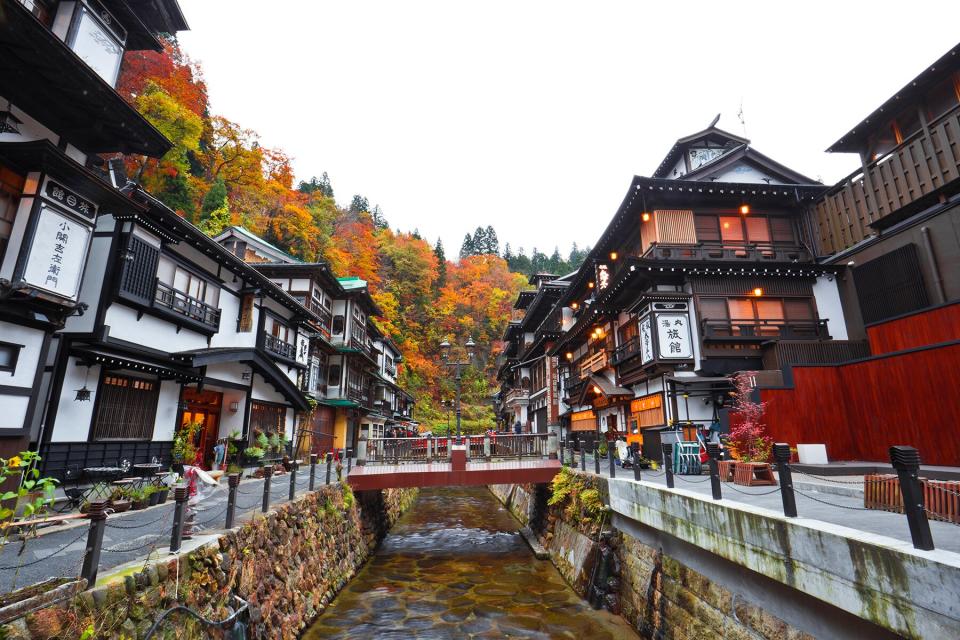
thanyarat07/Getty Images
Locals already know what Tokyo Tower looks like, where to get good sushi, and the fleeting feelings that sakura surfaces in us. For those who've grown up with trains and temples, the destinations we're drawn to are much more nuanced, with sights that are tinged with history or part of a gourmet bucket list. And with everything from glaciers to tropical beaches, there's plenty to explore right here in Japan.
Here are six places in Japan where the locals love to travel.
Furano and Biei
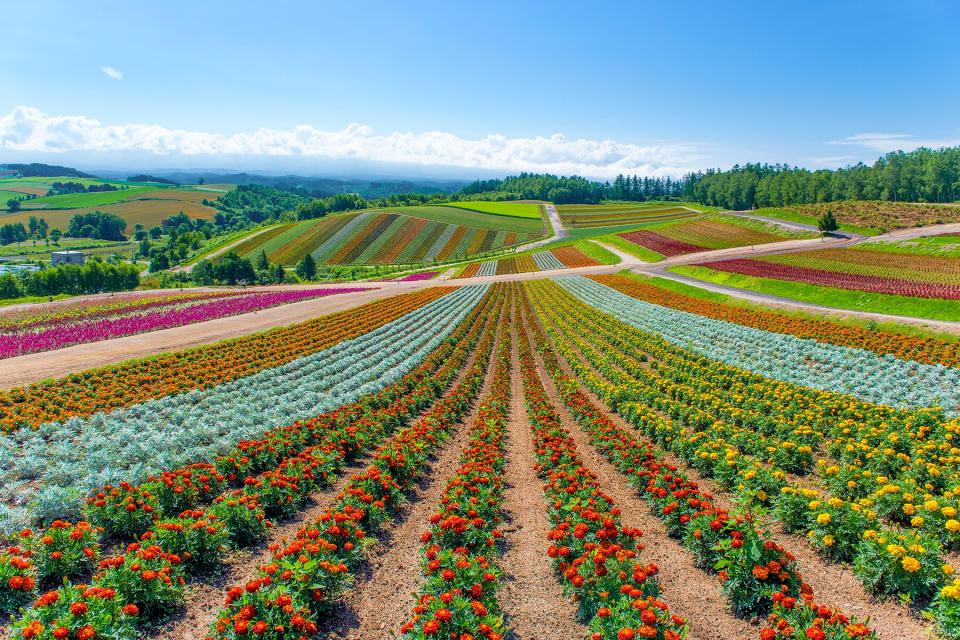
DoctorEgg/Getty Images
City slickers long for open roads, and Hokkaido is a dream driving holiday. In the summer, Furano and Biei are home to Hokkaido's famous lavender and flower fields, and driving through the bucolic emerald and amethyst landscape is sheer pleasure. Stop at a roadside stand for just-plucked corn on the cob (painted with butter or soy sauce — or both) or a creamy soft serve made with fresh Hokkaido milk.
The Daisetsuzan National Park, Japan's largest, abuts these towns and spans 226,000 hectares, including Hokkaido island's highest peak, Mount Asahi. Called Kamui Mintara, or Playground of the Gods, by the indigenous Ainu people, the park offers hiking trails among alpine flowers and sulfuric vents, with sweeping views of untrammeled heights.
In the winter, check out the Hokkaido Powder Belt, which gets an average of eight meters (about 26 feet) of light, dry powder snow each season, with plenty of backcountry options for adventurous skiers and boarders.
Ginzan Onsen
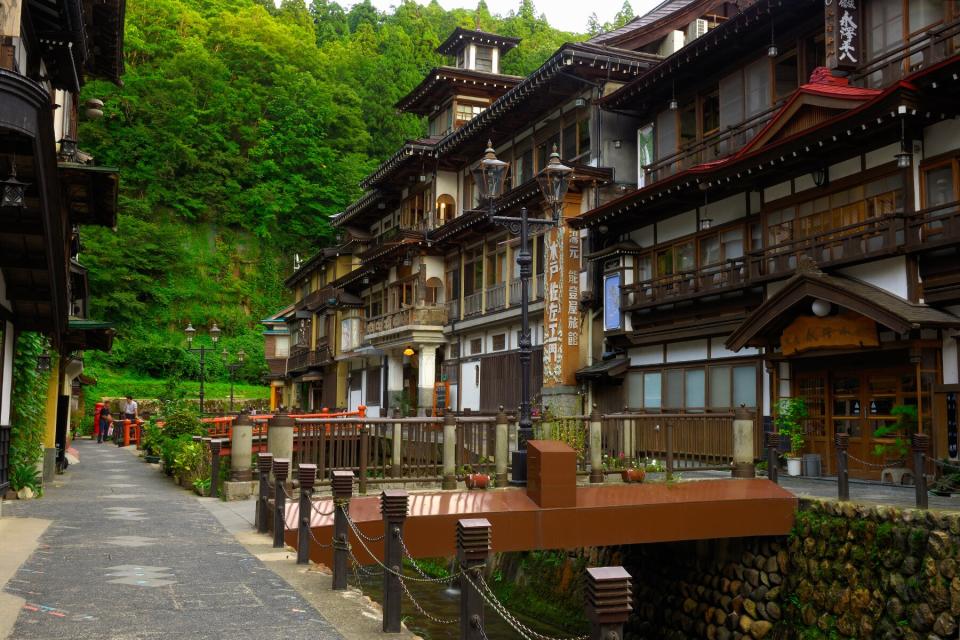
gyro/Getty Images
Japan is packed with onsen, or hot springs, due to its nature as an island chain formed by volcanic activity, many still active. Bathing in onsen is practically a natural pastime, with a robust set of rituals for soaking and an entire industry built around hot spring hotels and spas.
Ginzan Onsen in Yamagata Prefecture is a tiny spa town in a remote mountain cleft that was originally a silver mine. The town's main street is built alongside a stream and lined with handsome wooden inns. In the winter, the streets become thickly blanketed with snow and gas lanterns cast a warm glow. Sulfuric steam rises up and hangs in the air between the footbridges that crisscross the street. It's an arresting sight.
All the inns are atmospheric and most are over 100 years old. Try Notoya Ryokan, designated a "tangible cultural property," which offers a private open-air bath. The main highlights of a hot spring retreat are soaking, eating, and perhaps clopping around town in wooden sandals and yukata (cotton robes provided by the hotel), but the adventurous can explore the defunct silver mine or take in the views at the neighboring Senshinkyo Gorge.
Fuji Five Lakes
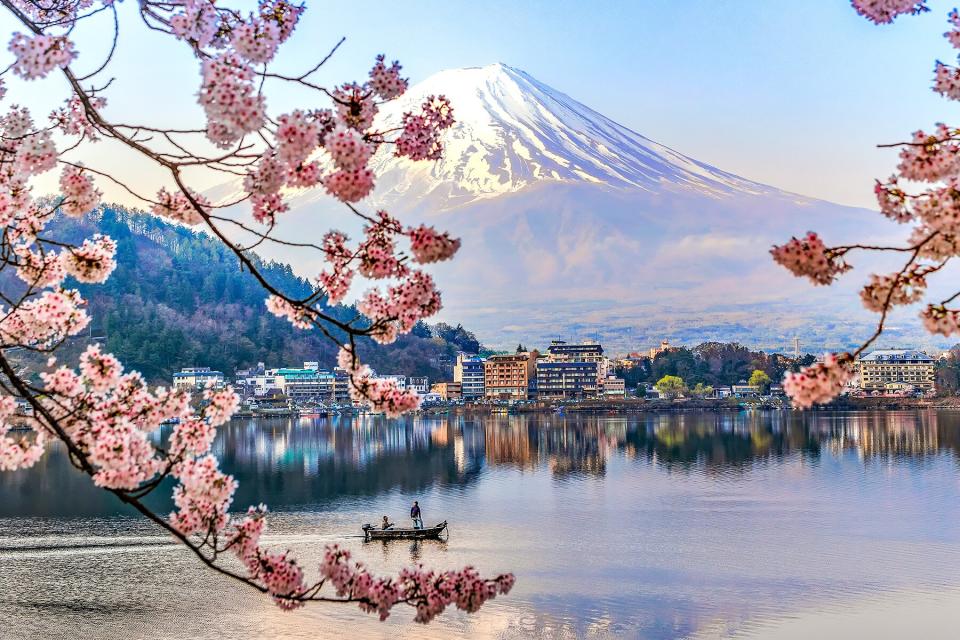
DoctorEgg/Getty Images
While plenty of people do ascend Mount Fuji every year during the short summer climbing season, many are content to simply look upon its symmetrical, snow-topped visage. Fuji is a cultural symbol of Japan, as well as the subject of holy veneration in both Buddhist and Shinto sects. And some of the most remarkable views can be enjoyed from the Fuji Five Lakes area, a collection of lakes that pool around its skirts. From largest to smallest, the lakes are Yamanakako, Kawaguchiko, Motosuko, Saiko, and Shojiko (ko means lake).
In addition to camping, cycling, swimming, and hiking, you'll also find plenty of charming accommodations, many in the alpine style. Once you've worked up an appetite, sate your hunger by sampling houtou, a local specialty with thick, chewy noodles and tender vegetables simmered in a miso broth. Regular and vegetarian versions are available at Houtou Fudou, a micro chain with three locations around the town of Fujikawaguchiko.
Mount Oyama
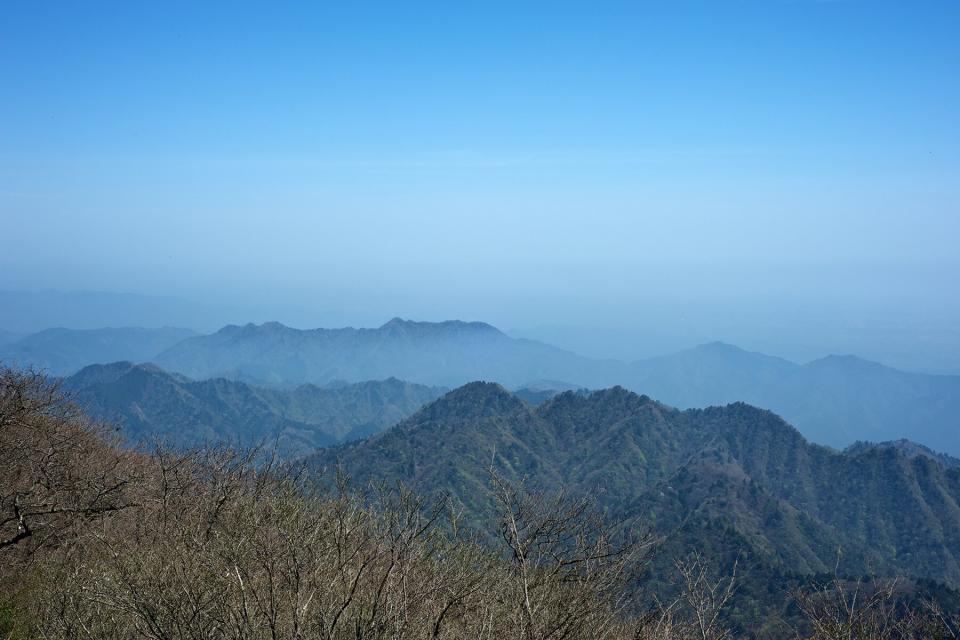
moriyu/Getty Images
While not as famous as Fuji, Mount Oyama was once an essential pilgrimage for Edokko, or people from Edo. A sacred mountain in its own right, Oyama was a multiday walk that up to 200,000 people (the population of Edo at the time was around one million) made during a few weeks over the summer. It was so popular that the route to the mountain was thronged with groups, often sorted by trade or guild, carrying hiking staffs and wearing matching jackets.
Pilgrims' inns, called shukubo, still dot the mountain, and some lodgings host the same groups that have been visiting for hundreds of years. The inns are a place to rest and regroup before making the final ascent to Oyama Afuri Shrine, a site with more than 2,000 years of history. The area is known for its tofu, and an essential part of a visit is fueling up on a multicourse tofu feast at one of the inns, like Tougakubou, where you can also soak in the open-air hot spring after a long day of hiking.
Iya
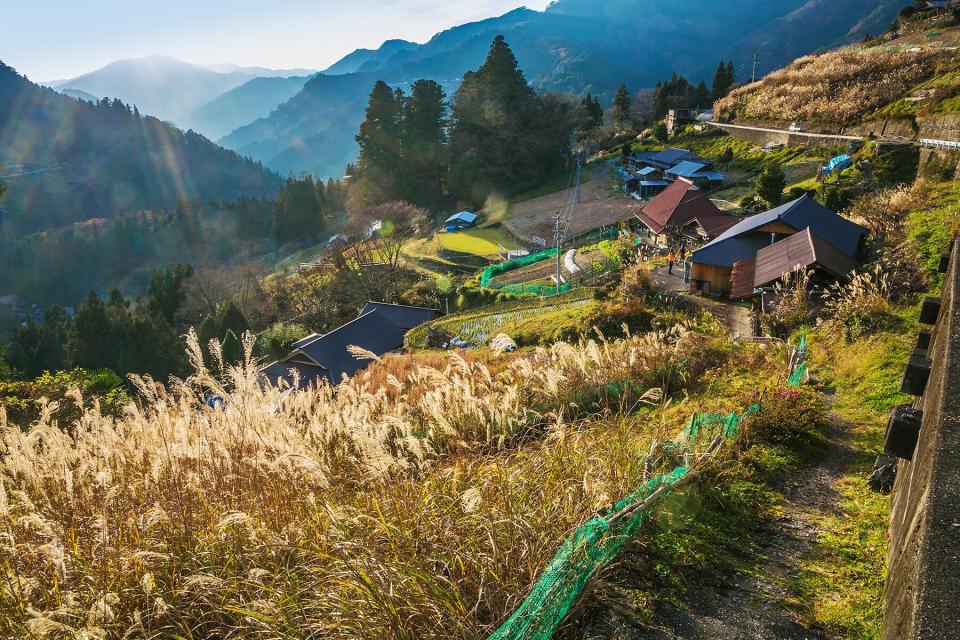
Gonzalo Azumendi/Getty Images
From Tokyo, you'll need a plane to Takamatsu on Shikoku island, then a bus winding inland to Tokushima Prefecture, before arriving in Iya, a remote and mystical valley that feels a world away from the busy capital. Braided vine bridges swing over plunging ravines that glint green and blue, and local legend says that the defeated Heike clan warriors retreated here after their protracted battle with the Genji clan in the 12th century. The precarious bridges, as conventional wisdom goes, could be cut down in a trice, leaving enemies stymied. Buildings are scarce and people even scarcer — in one hamlet, nicknamed Kakashi no Sato, scarecrows outnumber residents and keep the remaining denizens, mostly senior citizens, company. The renovated thatch-roofed farmhouses at Tougenkyo-Iya Mountain Village retain their homespun charm, but have modern conveniences like heated floors and new toilets, along with dramatic views of the surrounding mountains.
Ishigaki
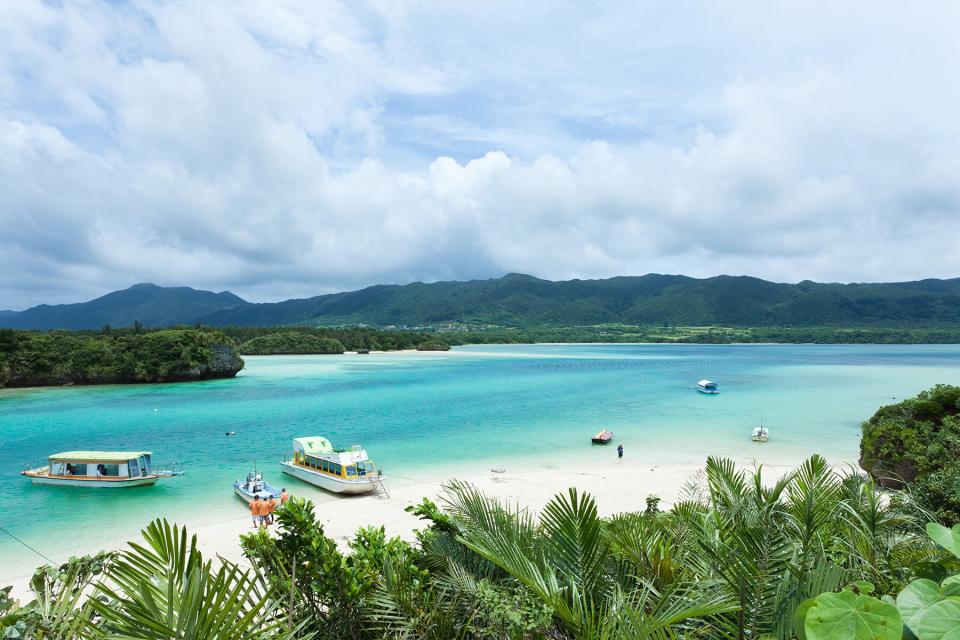
Ippei Naoi/Getty Images
Closer to Taiwan than mainland Japan, Okinawa is the country's southernmost prefecture and a perpetual destination for those seeking solace in the mesmerizing ocean depths. Okinawa was the last prefecture to be added to Japan, and before colonization, it was known as the Ryukyu Kingdom. Indigenous Ryukyuans still live here, and have their own languages and cultural traditions that are distinct from the mainland. On Ishigaki island, you can weave visits to Yaeyama Museum and Ishigaki Yaima Village to learn about folk traditions and history with sunbathing, snorkeling among vibrant coral reefs, kayaking along the island's rivers, and diving in Kabira Bay at the famous Manta Scramble. Umicoza Diving School not only offers gear rental, lessons, and certification, but they can also help you in Japanese, English, and Chinese.

